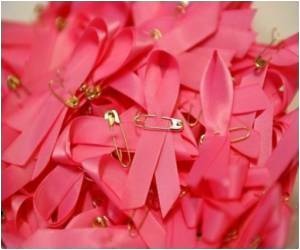In a recent research it has been stated that the best available screening tests reduces ovarian cancer death in a low frequency rate and saves few lives. The findings of the research also suggested that apart from screening tests, prevention and advanced treatment would significantly lower the number of women who die from ovarian cancer.
 |
| Screening Program for Ovarian Cancer |
No screening program for ovarian cancer has been proven to save lives, mainly because the disease is uncommon and tends to grow and spread without causing symptoms. Laura Havrilesky, MD, MHSc, of the Duke University Medical Center in Durham, led a team that recently designed a computer-based model of the progression of ovarian cancer from early to late stages. The model, which takes into account the fact that certain ovarian cancers are slow growing while others grow more quickly, can test the effectiveness of screening strategies for reducing the number of deaths from ovarian cancer.
The researchers discovered that annual screening for ovarian cancer is likely to result in only a modest reduction in mortality from the disease. "If we assume ovarian cancers grow and spread at different rates, the best screening strategy available will only reduce the number of women dying from this cancer by 11 percent. This is partially because the slower growing cancers are more likely to be caught by a screening test," said Dr.Havrilesky.
The findings support the commonly held clinical impression that many early stage ovarian cancers are destined to remain in the early stages for some time, while advanced stage cancers have likely spread rapidly.





 3:05 AM
3:05 AM
 Current Latest Health News International
Current Latest Health News International

 Posted in:
Posted in: 






